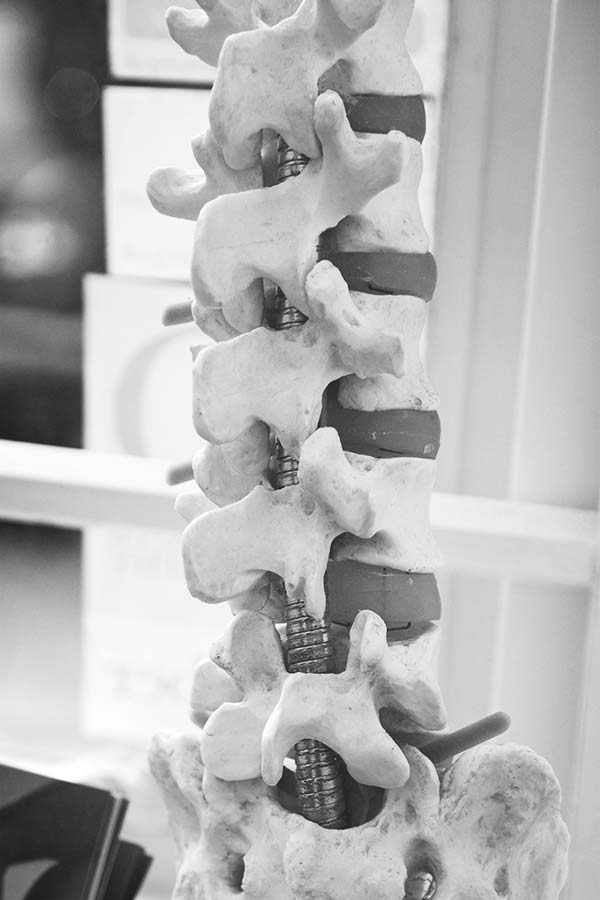Best Bed for a Bad Back
Do you feel you are not getting the most out of your sleep?
Perhaps you could consider the following 10 tips to see if you need a better bed for a bad back:
- Before spending money on a new bed see if a stiff board under a mattress can improve a sagging base.
- Don’t be taken in the description on the product such as “orthopaedic”. There’s no regulation of manufacturers’ descriptions of their product. Find one that best fits your needs regarding your height, weight, age, sleeping position and back problem.
- Your new bed needs to be high enough so that you can get up and sit down with ease. It also has to be wide enough, if you or your sleep partner is restless.
- The mattress should be supportive enough to take the weight of your body without sagging and firm enough for you to turn with ease. A soft surface is hard to turn on. The heavier the person the deeper the mattress needs to be. A soft base for a heavier person usually means more sag.
- Interior sprung mattresses are the most common form of mattress and can provide sufficient support and cushion the bony curves of the body. They come with a large variation in numbers of springs and prices. Always choose as many springs as you can within your budget.
- Memory foam works by responding to temperature and weight to relieve and disperse pressure. You must ensure that you can turn with ease, because lying in one position for too long can create stiffness. There are a number of manufactures that provide both mattresses and toppers. Foam mattresses often need less turning than other kinds, which can prevent back strain.
- It is advisable to buy your mattress and base together. A solid base is good and offers support when sitting or getting off the bed. A good quality full sprung edge base is the most flexible and will absorb wear and tear well.
- You may also need to consider other aids depending on your sleeping position and back problem, for example mattress toppers, lumbar support cushions and shoulder pillows.
- A simple test whether a bed has the right level of firmness for you is to lie down on your back and slide your hand between mattress and the small of your back. If there is a large gap, the bed is probably too hard. If it is difficult to push your hand, through it is probably too soft, However, if your hand slides through but remains in contact with your back and the bed it is probably just right.
- A bed needs to be tested for at least 10 minutes according to the Osteopathic Council and some manufacturers do a home trial that is worth looking out for.
For more information on this and other back care information, please Click here
Remember, its not just the fault of the bed!
We also need to learn how to ‘prepare’ our bodies for sleep. Take a look at this post Helping Back Pain Through Sleep
For more information in Wilmslow call: 01625 533813

